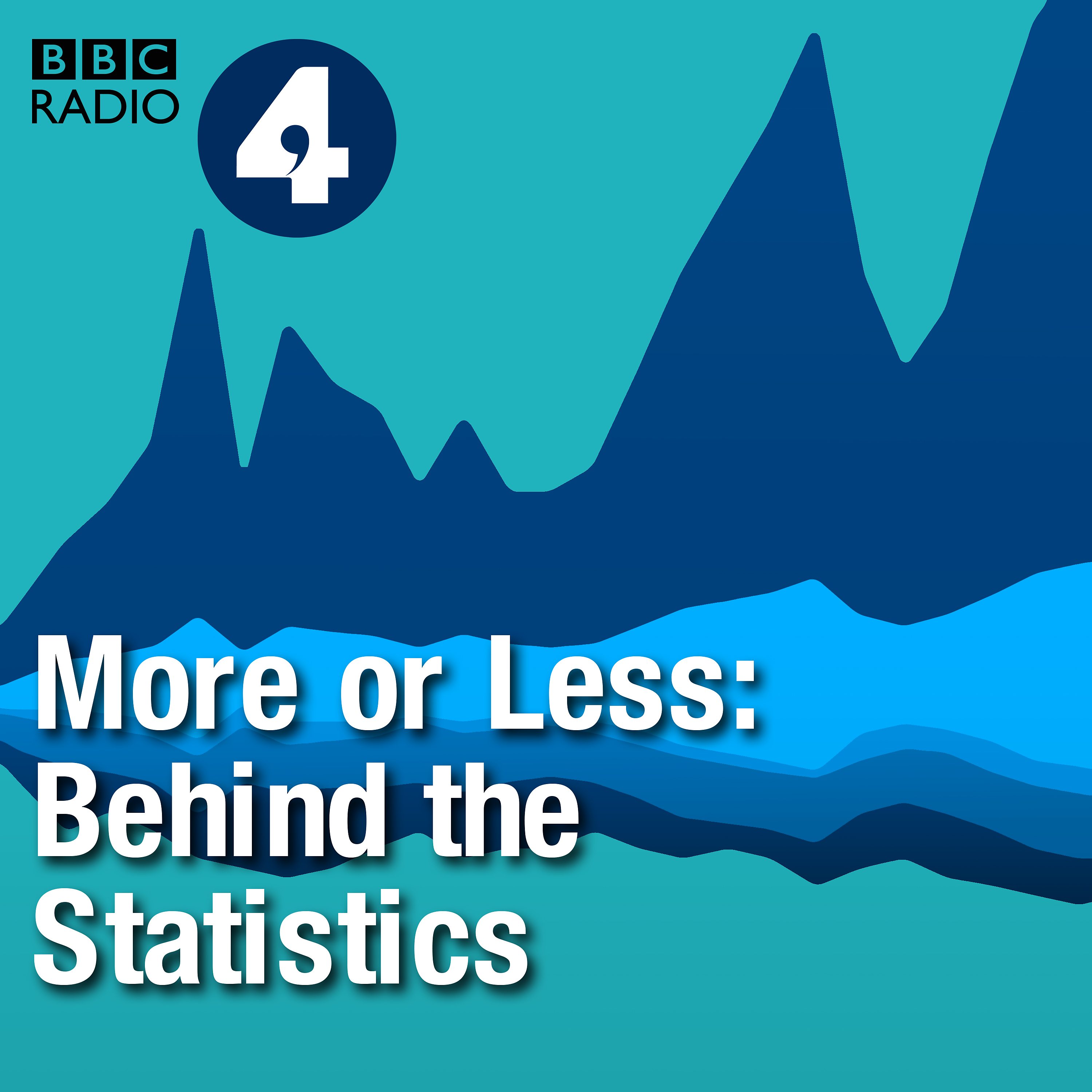
How many Americans live ‘paycheck to paycheck’?

More or Less: Behind the Stats
Deep Dive
What percentage of Americans are said to live paycheck to paycheck?
60% of Americans are often cited as living paycheck to paycheck, according to various politicians and media reports.
What is the source of the 60% paycheck-to-paycheck statistic?
The statistic originates from a survey by The Lending Club, which conducts an annual Paycheck to Paycheck Report.
Why is the paycheck-to-paycheck definition problematic?
The term is subjective and varies among individuals, ranging from those genuinely struggling financially to those with high incomes but lifestyle choices that deplete their savings.
How many high-income earners live paycheck to paycheck according to The Lending Club survey?
Four out of ten high-income earners, those making more than $100,000, are reported to live paycheck to paycheck.
What does the Federal Reserve survey suggest about American households' financial security?
The Federal Reserve survey indicates that 54% of adults have cash savings sufficient for three months of expenses, and the median household net worth is $193,000.
What percentage of Americans actually struggle to pay their bills each month?
According to the Lending Club survey, 18.5% of respondents say they struggle to pay their bills each month, which is significantly lower than the 60% figure often cited.
Why do some journalists criticize the paycheck-to-paycheck statistic?
Critics argue that the statistic is often misused by politicians and media without proper context, leading to a misleading portrayal of widespread financial hardship in the U.S.
What are some structural issues contributing to financial struggles for high-income earners?
High childcare costs and other structural economic issues can contribute to financial strain for high-income earners, despite their overall financial comfort.
How does the Federal Reserve survey differ from the Lending Club survey in assessing financial well-being?
The Federal Reserve survey provides a more comprehensive view of financial security, including savings and net worth, while the Lending Club survey focuses on self-reported financial lifestyles.
Shownotes Transcript
Are most Americans barely holding their head above water when it comes to personal finances?
That’s what various US politicians and news outlets keep suggesting.
They can’t stop using a statistic about people living “paycheck to paycheck”.
But what does this really mean?
We go behind the headlines to unpick the numbers.
Contributor: Ben Krauss, journalist
Presenter: Charlotte McDonald Producer: Vicky Baker and Lizzy McNeill Series Producer: Tom Colls Production co-ordinator: Katie Morrison Sound Engineer: Andrew Mills Editor: Richard Vadon